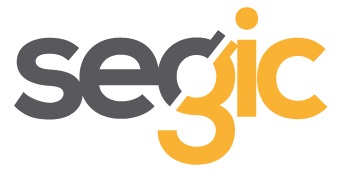- Microservices :
- A microservices architecture is a way of building software systems in which the system’s functionality is broken down into small, independently deployable services. This allows for more flexibility and scalability in the system and makes it easier to develop, test, and deploy new features.
- Cloud-native :
- Cloud-native means that the platform is designed to run on a cloud infrastructure and is optimized for the unique characteristics of the cloud, such as elasticity, scalability
and resilience.
- Cloud-native means that the platform is designed to run on a cloud infrastructure and is optimized for the unique characteristics of the cloud, such as elasticity, scalability
- API-first :
- An API-first approach means that the platform is designed with APIs (Application Programming Interfaces) in mind from the very beginning. This allows for more flexibility and scalability in the system, as well as easier integration with other systems.
- Headless :
- A headless architecture means that the front-end and back-end of the platform are decoupled, allowing for greater flexibility and scalability in the system. This allows for the front-end to be easily swapped out or replaced without having to make changes to the back-end
Overall, our architecture guidelines are a way to build a platform that is highly scalable, flexible and adaptable to meet the changing needs of the business and its customers. This can help to ensure that the platform is able to grow and evolve over time, which is essential for the long-term
success a of a SaaS company.


